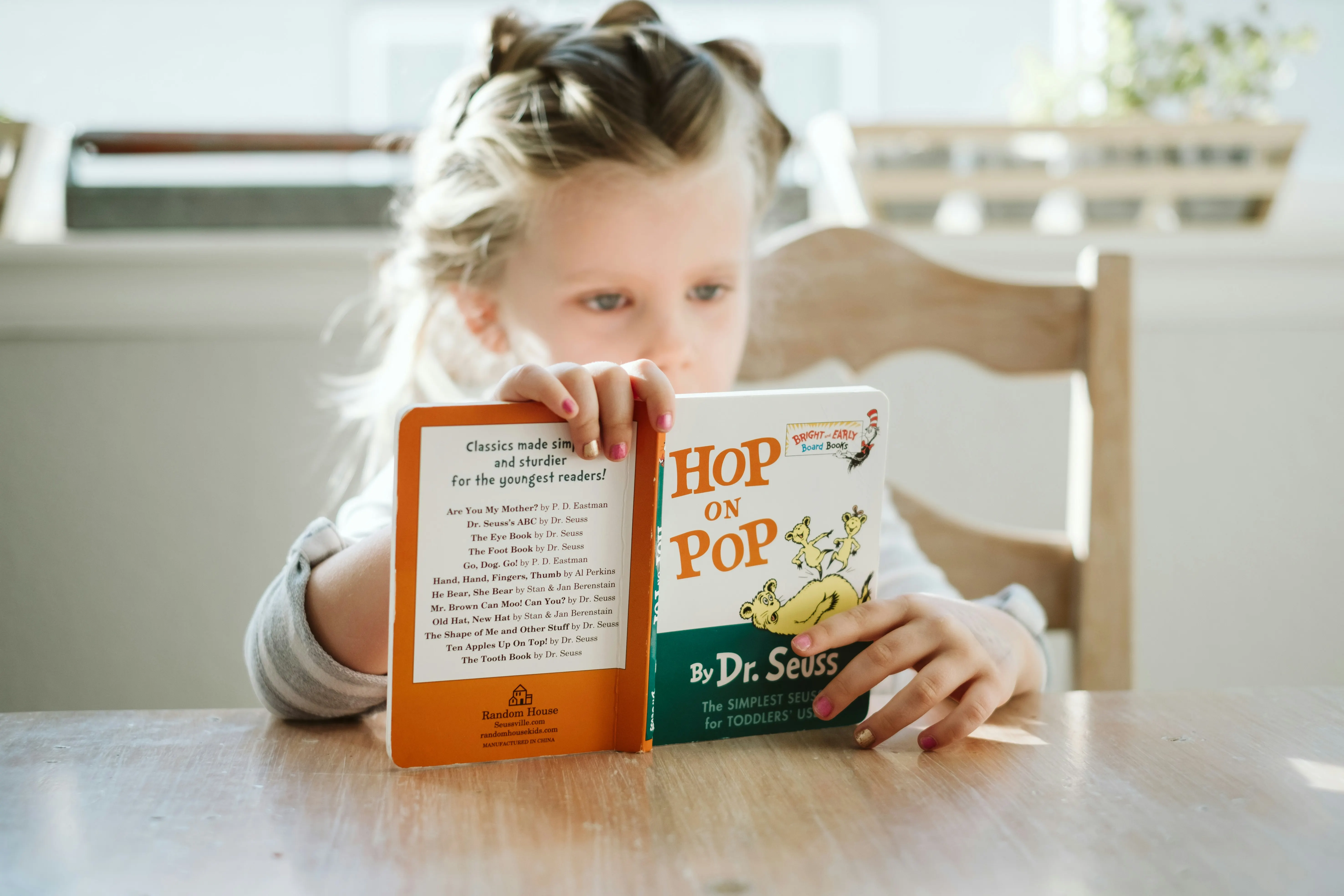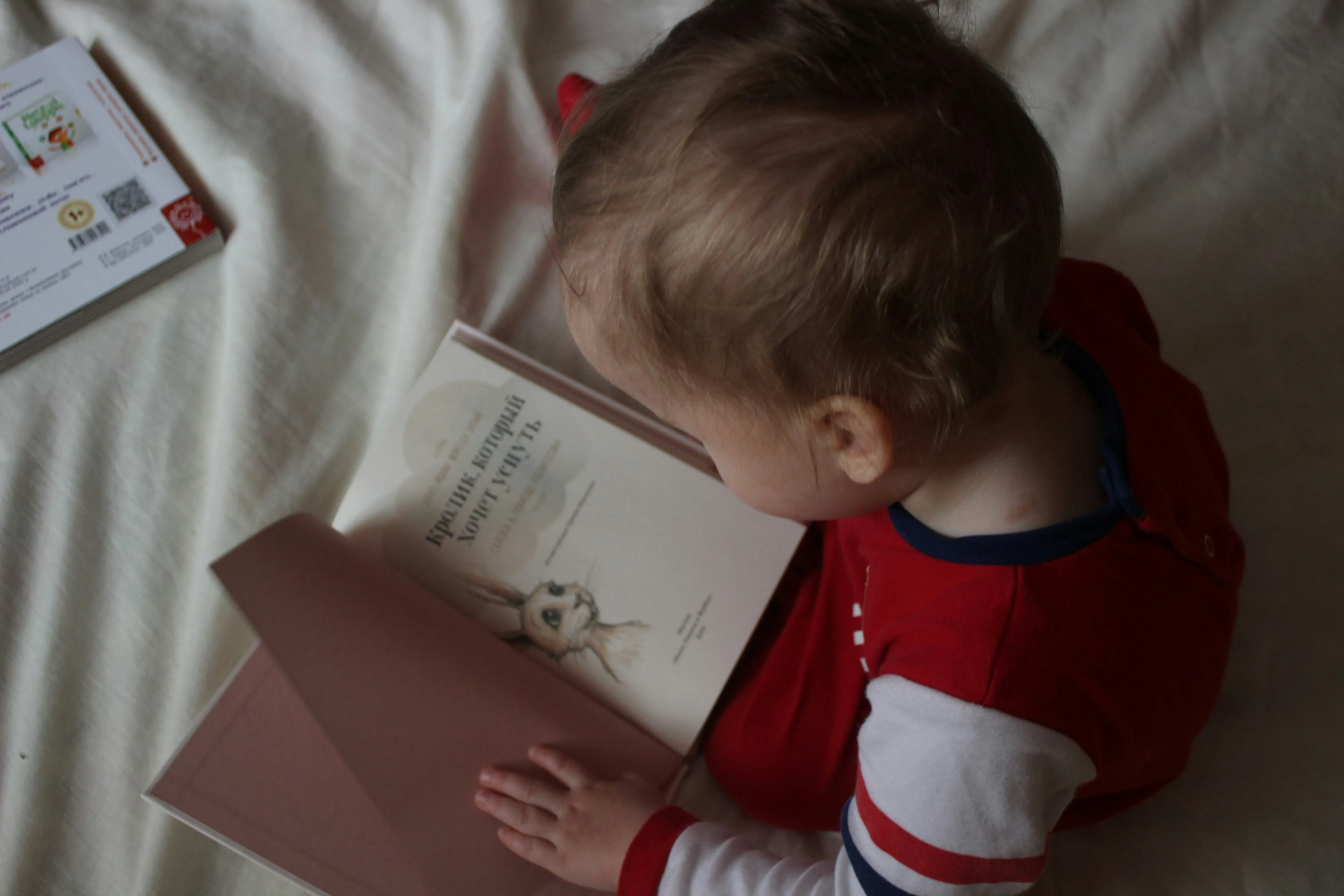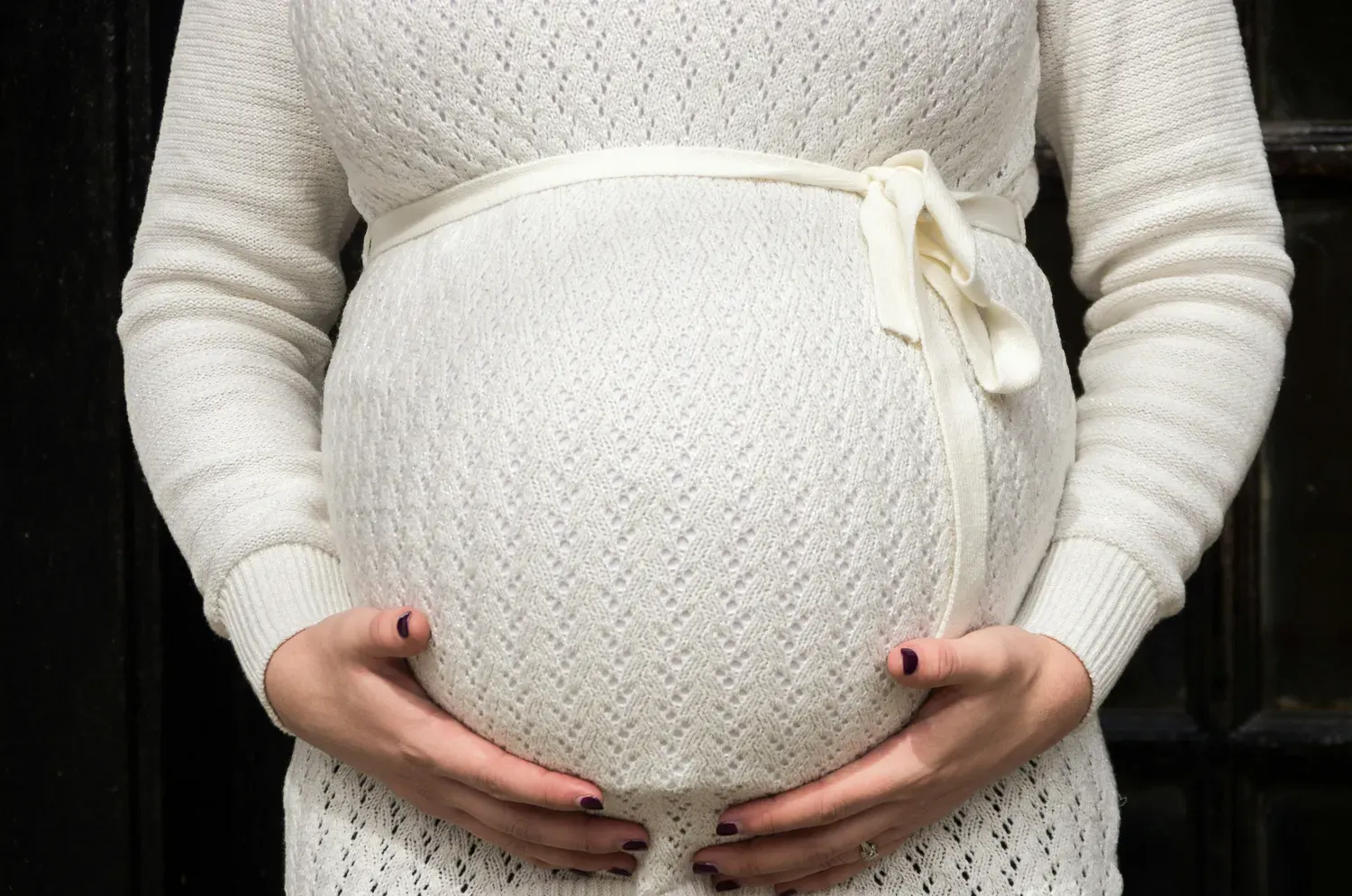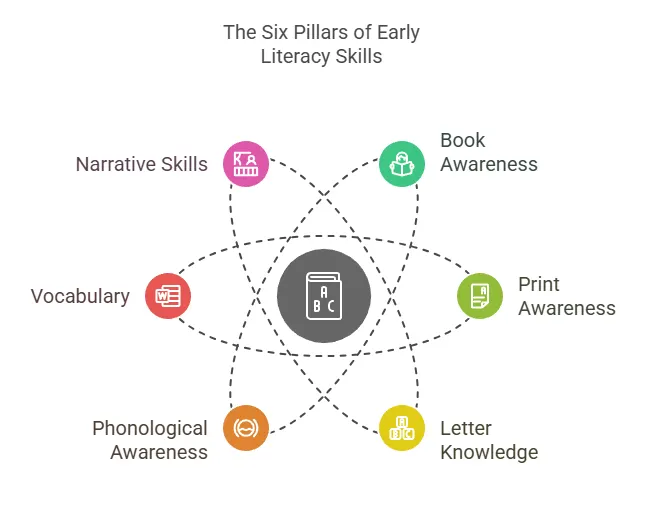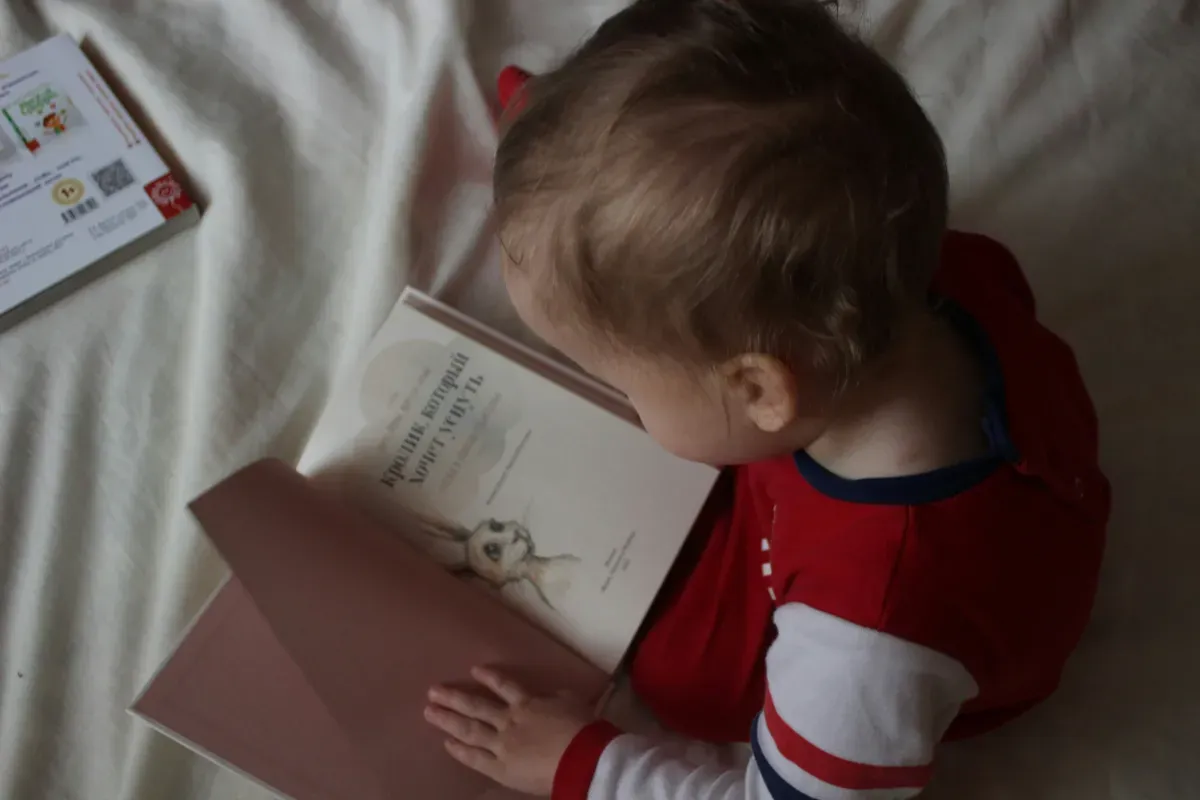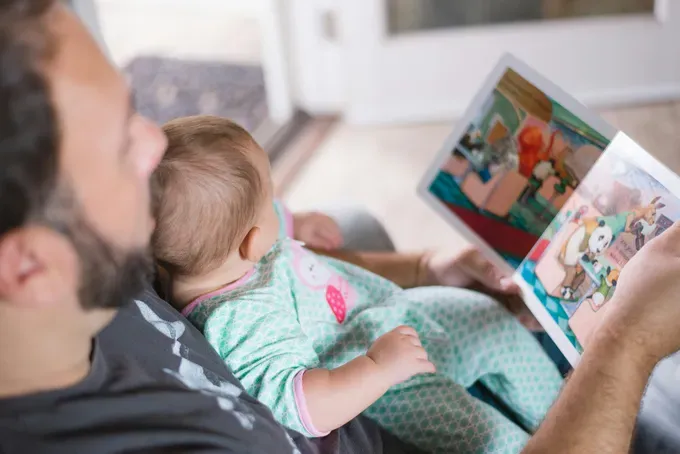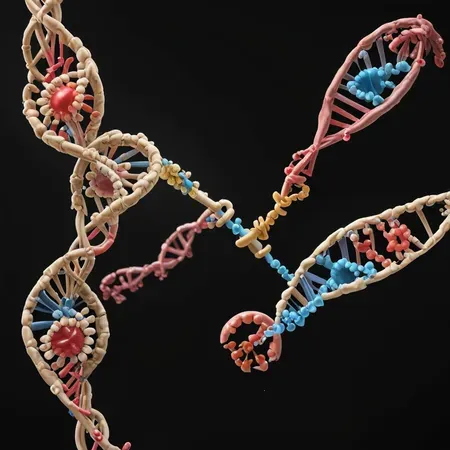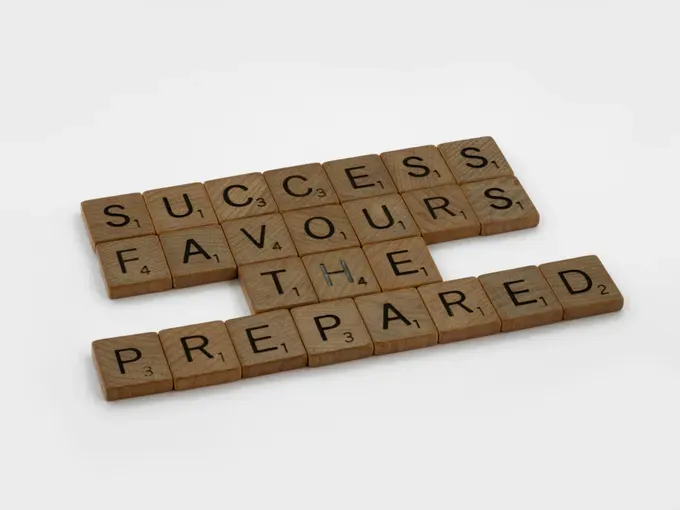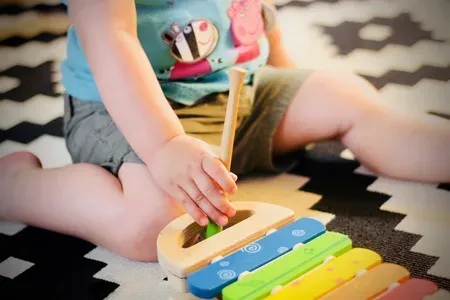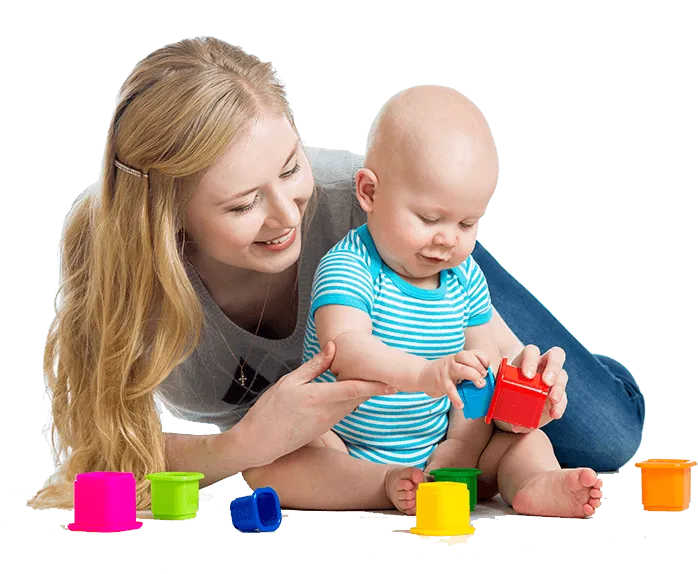Baby Talk Baby Language: Directed Speech Builds Your Child's Neurological and Language Foundation
The Power of Baby Talk: How Infant-Directed Speech Builds Your Child's Neurological and Language Foundation
Infant-directed speech—commonly known as "baby talk"—is more than just a cute way to interact with your little one. This specialized form of communication plays a crucial role in your child's neurological development and language acquisition. Drawing on cutting-edge Canadian research, this comprehensive guide explores why babies respond so positively to this unique speech pattern, how it contributes to brain development, and provides evidence-based techniques to optimize your verbal interactions during these crucial formative years. Understanding the science behind baby talk empowers you as a Canadian parent to support your child's development through one of your most instinctive ways—the way you speak to them.
The Science Behind Infant-Directed Speech
When adults speak to babies, they instinctively modify their speech in distinctive ways—using higher pitch, exaggerated intonation patterns, slower tempo, and clearer articulation. This specialized communication style, formally known as infant-directed speech (IDS), is a universal phenomenon observed across cultures and languages.

The Neurological Impact of Baby Talk
The way you speak to your baby does far more than simply capture their attention—it shapes how their brain develops. Research from Canadian universities has demonstrated that infant-directed speech stimulates neural pathways crucial for language processing and acquisition.
"The finding that infants prefer to listen to infant-directed speech is not new, but this preference has important implications for how caregiver behaviour supports infants' language development," explains Dr. Melanie Soderstrom, associate professor of psychology at the University of Manitoba and co-lead of the groundbreaking ManyBabies Consortium study7. This international research initiative—the largest experimental study of infant cognition ever undertaken—confirmed babies' overwhelming preference for speech specifically tailored to them.
Universal Patterns Across Canadian Cultures
One fascinating aspect of infant-directed speech is its consistency across Canada's diverse linguistic landscape. A collaborative study led by researchers at McGill University examined both monolingual and bilingual babies, finding that infants prefer baby talk regardless of the language being spoken.
"It is natural for Canada to lead research into bilingualism and language learning," noted Dr. Linda Polka from McGill's School of Communication Disorders, highlighting the unique position Canadian researchers have in studying diverse language environments3. This research is particularly relevant in our multicultural context, where many children grow up in multilingual homes.
Image suggestion: Canadian researcher demonstrating infant-directed speech patterns with a baby in a laboratory setting, showing specialized recording equipment tracking the baby's response.
How Canadian Babies Respond to Different Speech Patterns
The evidence is clear: babies are naturally drawn to infant-directed speech. Canadian research shows this preference begins in early infancy and strengthens as babies develop their language capabilities.
Development of Speech Preferences
The University of Manitoba's contributions to the ManyBabies research revealed fascinating patterns in how infants respond to different speech styles. When tested with both adult-directed and infant-directed speech, babies consistently showed stronger engagement with the melodic, expressive qualities of baby talk4.
This preference isn't merely a matter of entertainment—it serves a crucial developmental function. "Often parents are discouraged from using baby talk by well-meaning friends or even health professionals," noted Dr. Mike Frank, the study's lead researcher. "But the evidence suggests that it's a great way to engage with your baby because babies just like it—it tells them 'this speech is meant for you!

The Bilingual Baby's Experience
For Canadian families raising children in bilingual environments—a common scenario in our multicultural society—research provides particularly valuable insights. The McGill University study found that bilingual babies showed preferences for infant-directed speech in both of their languages, though they responded most strongly to baby talk in languages they heard regularly at home.
"The more familiar they were with the language, the more they liked that infant-directed speech," explains primary investigator Krista Byers-Heinlein, an associate professor of psychology at Concordia University. "And a baby who is hearing English 75 percent of the time in their home would show a greater preference than a baby who is hearing English 25 percent of the time."
This research validates what many Canadian parents instinctively understand: your baby benefits from hearing the expressive qualities of infant-directed speech in all the languages used in your home.
Key Features of Effective Infant-Directed Speech
Not all baby talk is created equal. Canadian research has identified specific characteristics that make infant-directed speech particularly beneficial for language development.
The Melody of Language: Pitch and Intonation
The distinctive musical quality of infant-directed speech—what researchers call its prosodic features—plays a crucial role in capturing and maintaining your baby's attention. Studies have shown that adults worldwide, including in diverse Canadian communities, instinctively raise their pitch and use more varied intonation patterns when addressing infants8.
These modifications aren't just attention-grabbers—they help babies segment continuous speech into meaningful units. The exaggerated melodic contours help highlight important words and grammatical structures, giving babies crucial cues about how language works.
Crystal Clear: Speech Clarity and Vowel Articulation
When using infant-directed speech, Canadian parents naturally tend to hyper-articulate vowel sounds, pronouncing them more distinctly than they would in adult conversation. This exaggerated pronunciation creates clearer contrasts between different speech sounds, helping babies tune into the distinct phonetic features of their native language.
"When people use IDS, they may hyper-articulate vowel sounds—pronouncing them in more extreme ways, so that different vowel sounds contrast more strongly with each other," explains parenting science resources. This speech clarity helps babies distinguish between similar-sounding words and develops their ability to recognize the sounds specific to languages they're hearing.

Repetition and Simplification
Effective infant-directed speech typically includes strategic repetition of key words and phrases, along with simplified sentence structures. The Canadian Child Care Federation notes that this repetition reinforces language patterns and makes it easier for babies to identify individual words within the continuous flow of speech.
For more insights on how repetition supports memory development in infants, check our comprehensive guide: Understanding Your Baby's Cognitive Milestones.
Age-Appropriate Communication Strategies (0-3 years)
As your baby grows, their language needs evolve. Here are evidence-based strategies for each developmental stage based on Canadian research.
Newborn to 6 Months: Establishing Communication Foundations
During these first months, babies are particularly responsive to the emotional and attentional aspects of infant-directed speech. Canadian research notes that by five months, infants already become sensitive to the most common sounds in their native language and can distinguish between familiar voices9.
Effective communication strategies include:
- Using exaggerated facial expressions alongside melodic speech patterns
- Responding to your baby's coos and gurgles as if having a conversation
- Narrating daily activities using expressive, musical tones
- Maintaining eye contact during verbal interactions
The Canadian Child Care Federation emphasizes that through exposure to infant-directed speech, "five-month-olds become sensitive to the most common sounds in their native language and they can distinguish among familiar voices". These early auditory discriminations form crucial foundations for later language development.
Image suggestion: Parent with newborn demonstrating "serve and return" conversation pattern, with speech bubbles showing the melodic quality of infant-directed speech.
6-12 Months: Building Vocabulary Foundations
As your baby approaches their first birthday, their receptive language (what they understand) develops rapidly. Canadian research shows that by eight months, infants generally respond to a few words representing people, and by 11 months, they can understand between 10 to 150 words.
Recommended approaches include:
- Naming objects and people in your baby's environment using clear, expressive speech
- Responding to babbling with conversational turn-taking
- Reading simple books with animated voices
- Introducing basic gestures alongside words to enhance comprehension
During this period, babies also begin engaging in vocal turn-taking that resembles conversations. "At around three months, infants begin to engage in vocal turn-taking, and by eight months their pattern of vocalization consistently resembles conversations: they are silent while the caregiver speaks and resume vocalizing when the caregiver pauses to listen". These proto-conversations establish crucial social communication patterns.
12-24 Months: Supporting the Language Explosion
The second year typically brings dramatic advances in language development—what researchers often call the "language explosion." Canadian research from the University of Manitoba emphasizes that infant-directed speech continues to play an important role during this rapid growth period.
Effective strategies include:
- Expanding on your toddler's one-word utterances with simple sentences
- Asking questions that encourage verbal responses
- Using descriptive language during play and daily activities
- Maintaining some melodic qualities while introducing more complex vocabulary
"Has anyone ever told you: 'Don't baby talk to your baby?' Parents of young infants often tell us that they have heard this advice from friends, family, and even health care professionals," notes Dr. Soderstrom. "As the lead researchers in a study of over 2,200 infants across 67 laboratories in 16 countries, we have good reason to give you the opposite advice."2
For advanced strategies to expand your toddler's vocabulary during this critical period, explore our specialized guide: Vocabulary Building: Beyond Basic Baby Words.
24-36 Months: Supporting Complex Language Development
As children enter their third year, they begin forming more complex sentences and engaging in sophisticated conversations. While the extreme elements of baby talk can gradually decrease, research suggests maintaining some expressive qualities in your speech remains beneficial.
Strategies for this age include:
- Engaging in more complex back-and-forth conversations about past experiences and future events
- Explaining how things work using increasingly complex language
- Asking open-ended questions that encourage longer responses
- Gradually introducing more advanced vocabulary while maintaining clarity
The transition from exaggerated infant-directed speech to more mature communication should be gradual and responsive to your child's developing abilities.

Common Concerns and Evidence-Based Responses
Many Canadian parents receive conflicting advice about using baby talk. Let's address common concerns with evidence-based perspectives from Canadian research.
"Will Baby Talk Delay My Child's Language Development?"
This is perhaps the most widespread concern, but Canadian research firmly contradicts this myth. Studies from the University of Manitoba explicitly note that parents are often discouraged from using baby talk by well-meaning friends or even health professionals, but the evidence suggests it's beneficial for engagement and language development.
True infant-directed speech, which maintains proper grammar and real words while modifying pitch, tempo, and expressiveness, supports rather than hinders language development.
"Should We Only Use 'Proper' Adult Speech?"
Research from Canadian universities demonstrates that babies learn language more efficiently when exposed to infant-directed speech compared to adult-directed speech. The modifications in baby talk appear specifically designed to highlight important linguistic features and make language more accessible to developing brains.
"What About Multiple Languages in Our Home?"
For many Canadian families navigating multilingual environments, there's often concern about language confusion. However, research from McGill University provides reassuring evidence. Bilingual babies benefit from infant-directed speech in all their languages, showing particular preference for baby talk in the languages they hear most frequently.
Creating Your Baby Talk Strategy
As a Canadian parent, you can use these research-backed insights to enhance your communication with your child:
- Embrace instincts: The sing-song, higher-pitched voice you naturally use with your baby is beneficial, not harmful
- Maintain proper language: Use real words and correct grammar, just with more expressive delivery
- Response is key: Pay attention to how your baby reacts and adjust accordingly
- Be consistent but evolving: Gradually adapt your speech as your child's language abilities grow
- Include all caregivers: Encourage everyone in your child's life to engage in responsive, expressive communication
For comprehensive strategies on creating environments that support your child's overall learning journey, don't miss our in-depth guide: Supporting Your Child's Learning Journey.
Related Articles :
Nurturing Bonds Through Mother's Day Reading
Enhance Parent-Child Bonding with Baby Talk Techniques
Understanding Your Child's Early Development: A Science-Based Guide for Parents
Conclusion: Embracing the Power of Your Voice
The way you speak to your baby matters profoundly. Far from being a frivolous or infantilizing practice, infant-directed speech represents a sophisticated, intuitive adaptation that directly supports your child's neurological and language development. Canadian research consistently confirms that this specialized communication style captures babies' attention, helps them distinguish speech sounds, supports word learning, and facilitates social bonding.
As you navigate your child's first three years, embracing the natural melodic qualities of baby talk, while maintaining proper grammar and vocabulary, provides a foundation for language acquisition that no educational toy or app can replace. The conversations you have with your baby today, complete with expressive tones and animated delivery, are building the neural pathways that will support communication throughout their life.
Frequently Asked Questions
At what age should I transition away from using infant-directed speech?
There's no specific cutoff age, as the transition should be gradual. As your child's language abilities grow, you can maintain some of the melodic and expressive qualities while gradually increasing complexity. By age three, your speech may include fewer exaggerated features but can still retain expressive intonation and clear articulation.
Does infant-directed speech benefit babies with hearing impairments?
Yes, with appropriate accommodations. For babies with hearing aids or cochlear implants, the exaggerated features of infant-directed speech can be particularly beneficial once they have access to sound. For babies with profound hearing loss, similar principles can be applied to visual communication, using exaggerated facial expressions and animated signing.
Can grandparents and other caregivers effectively use infant-directed speech?
Absolutely. All caregivers can effectively support language development through responsive, expressive communication. The University of Manitoba researchers emphasize that what matters is the quality of the interaction, not who is speaking. Encourage all family members to engage in natural, melodic communication with your baby.
How does infant-directed speech differ from "baby talk" that uses made-up words?
True infant-directed speech maintains proper grammar and real vocabulary while modifying delivery through pitch, tempo, and expressiveness. It differs from simplified "baby talk" that relies on made-up words or incorrect grammar. Canadian research shows the benefits come from the acoustic and interactive qualities of the speech, not from simplifying language structure.
References
Canadian Child Care Federation. (2020). Language and Literacy: From Birth...For Life.
McGill University. (2021). Bilingual babies prefer baby talk - in any language.
Soderstrom, M. (2020). Why a little baby talk is good for your toddler. University of Manitoba.
Soderstrom, M. (2020). Bilingual babies prefer baby talk, new study shows. University of Manitoba.
Soderstrom, M. (2020). Baby talk is just fine, thanks: Largest-ever study on infants' speech preference reports findings. University of Manitoba.
Canadian Broadcasting Corporation. (2022). Parents around the world soothe their tots with similar baby talk, study finds.
Parent-EPIQ Study Group. (2023). Parent-Integrated Interventions to Improve Language Development in Children Born Very Preterm: A Feasibility Study. Canadian Neonatal Follow-Up Network.
Looking to explore other aspects of your child's development? This article is part of our comprehensive "Understanding Your Child's Early Development" series. Check out our other specialized guides focused on reading, cognitive milestones, social development, and creating optimal learning environments.
Citations:
- https://ppl-ai-file-upload.s3.amazonaws.com/web/direct-files/7308972/cc93a90e-be73-40b0-b002-dd9f3692e0d7/paste.txt
- https://news.umanitoba.ca/why-a-little-baby-talk-is-good-for-your-toddler/
- https://www.mcgill.ca/newsroom/channels/news/bilingual-babies-prefer-baby-talk-any-language-329965
- https://news.umanitoba.ca/bilingual-babies-prefer-baby-talk-new-study-shows/
- https://pmc.ncbi.nlm.nih.gov/articles/PMC10296804/
- https://parentingscience.com/baby-talk/
- https://news.umanitoba.ca/baby-talk-is-just-fine-thanks/
- https://www.cbc.ca/radio/asithappens/as-it-happens-the-tuesday-edition-1.6532503/parents-around-the-world-soothe-their-tots-with-similar-baby-talk-study-finds-1.6532788
- https://cccf-fcsge.ca/wp-content/uploads/2020/07/From-Birth...For-Life.pdf
- https://www.rcmusic.com/about-us/news/infant-directed-speech
- https://www.nserc-crsng.gc.ca/ResearchStory-HistoireRecherche_eng.asp?ID=1639
- https://themanitoban.com/2024/01/lets-talk-about-baby-talk/46618/
- https://cwrp.ca/node/3506
- https://pmc.ncbi.nlm.nih.gov/articles/PMC8289972/
- https://pubmed.ncbi.nlm.nih.gov/34633716/
- https://magazine.utoronto.ca/research-ideas/science/accents-bias-and-babies-brains/
- https://ecampusontario.pressbooks.pub/childgrowthanddevelopment/chapter/5-cognitive-development-in-infancy-and-toddlerhood/
- https://parentscanada.com/baby/0-to-3-months/is-baby-talk-good-for-babies/
- https://www.tandfonline.com/doi/full/10.1080/15475441.2023.2256708
- https://www.uottawa.ca/about-us/media/news/goo-goo-gaga-baby-talk-important-bilingual-babies-monolingual-ones
- https://naitreetgrandir.com/en/step/0-12-months/learning-and-games/supporting-baby-s-language-development/'

Written with Augmented Intelligence and SHiNER The Human
























